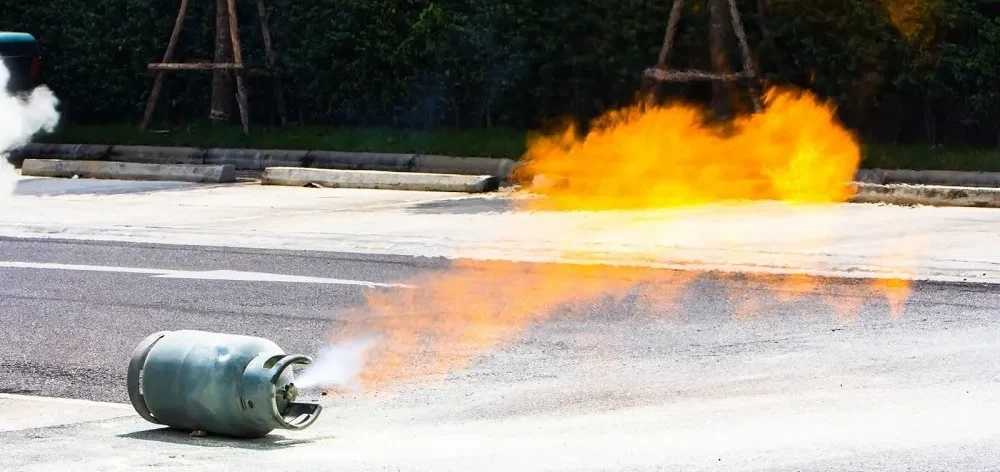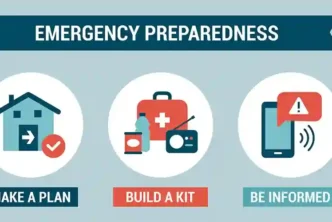Liquefied Petroleum Gas (LPG) has become a staple in households and industries worldwide due to its efficiency and cost-effectiveness. However, handling and installing LPG cylinders require a keen understanding of safety protocols to prevent accidents and ensure the well-being of all users. This comprehensive guide aims to outline critical safety tips for the installation of LPG cylinders, emphasising the importance of consulting professionals to ensure safety standards are met.
Understanding LPG and Its Uses
Before diving into safety tips, it’s crucial to understand what LPG is and its common uses. LPG is a clean, efficient, and versatile fuel source derived from natural gas processing and petroleum refining. It is commonly used for heating, cooking, and, in some places, as fuel for vehicles. Its widespread use underscores the importance of adopting strict safety measures during installation and use.
Pre-Installation Safety Tips
- Choose the Right Cylinder Size and Type: Select an LPG cylinder that suits your needs and is compatible with your appliances. Over-sized cylinders may lead to unnecessary risks, while under-sized ones can disrupt your fuel supply.
- Ensure Proper Ventilation: LPG cylinders should be installed in a well-ventilated area to prevent gas accumulation in case of a leak. Indoor installations should have adequate ventilation to the outside to disperse any leaked gas safely.
- Positioning the Cylinder: Keep LPG cylinders upright on a stable, flat surface. They should be placed away from direct sunlight and heat sources and out of reach of children.
- Check for Leaks: Before installation, inspect the cylinder, valve, and regulator for any signs of damage or leaks. Use soapy water to check for bubbles around connections, which indicate a gas leak.
Installation Safety Tips
- Read the Manufacturer’s Instructions: Always read and follow the manufacturer’s instructions carefully. Each cylinder and appliance may have specific requirements for safe installation and use.
- Use Correct Fittings and Regulators: Ensure that you use the correct fittings and a regulator that matches the pressure requirements of your appliances. Incompatible equipment can lead to gas leaks or appliance malfunction.
- Secure the Cylinder: Use safety straps or stands designed for LPG cylinders to prevent them from tipping over. This is particularly important in areas prone to movement or vibrations.
- LPG Safety Tips: Amid the installation process, the emphasis on LPG safety tips cannot be overstated. Awareness and adherence to safety protocols are paramount. Users should familiarise themselves with the smell of LPG (often described as a rotten egg smell due to the odorant added for leak detection) and know the steps to take in case of a gas leak, such as shutting off the cylinder valve, ventilating the area, and avoiding the use of electrical switches or open flames.
- Consulting Professionals: Perhaps the most critical safety tip is the consultation and involvement of certified professionals for the installation of LPG cylinders. Professionals possess the necessary expertise, tools, and knowledge to safely install and inspect the gas system, ensuring that all connections are secure and leak-free. Their guidance is invaluable, especially for new installations or when modifying existing setups.
Post-Installation Safety Tips
- Regular Maintenance: Schedule regular checks and maintenance of your LPG system, including cylinders, hoses, and regulators, to identify and rectify any potential issues promptly.
- Know How to Shut Off the Gas: In case of an emergency, everyone in the household should know how to shut off the gas supply from the cylinder.
- Monitor Gas Consumption: Unusual increases in gas consumption may indicate a leak or an issue with your appliances. Keep an eye on your usage and investigate any significant changes.
- Use Gas Appliances Wisely: Follow the manufacturer’s guidelines for all gas appliances. Never use outdoor gas appliances indoors to avoid the risk of carbon monoxide poisoning.
Emergency Preparedness
- Have an Emergency Plan: Establish and practice an emergency plan with your household or employees. The plan should include steps to take in case of a gas leak, such as evacuating the area and contacting emergency services.
- Install Gas Detectors: Consider installing LPG gas detectors in key areas to alert you to gas leaks, even when you’re not in the room.
The Importance of Implementing Safety Procedures with LPG
Implementing safety procedures for LPG handling is crucial due to its highly flammable nature, posing significant risks of fire or explosion if mishandled. Ensuring safety minimises the likelihood of accidents, protecting lives, property, and the environment. It involves proper installation, regular maintenance, and emergency preparedness, which safeguard against leaks and potential hazards.
Moreover, adherence to safety standards complies with legal requirements, avoiding penalties and ensuring insurance validity. Consulting professionals and following established safety protocols ensure a secure and efficient use of LPG, highlighting the importance of responsible management and awareness.
Final Thoughts
Safety in the installation and use of LPG cylinders cannot be overemphasised. By following these guidelines, from selecting the right equipment to consulting professionals for installation, you can significantly reduce the risks associated with LPG. Regular maintenance and adherence to safety protocols ensure a safe and efficient energy source for everyone.
Remember, safety is a continuous process that requires awareness, education, and proactive measures to protect oneself and the community. For more expert advice on LPG safety usage, consult Plus Gas in Brisbane.





